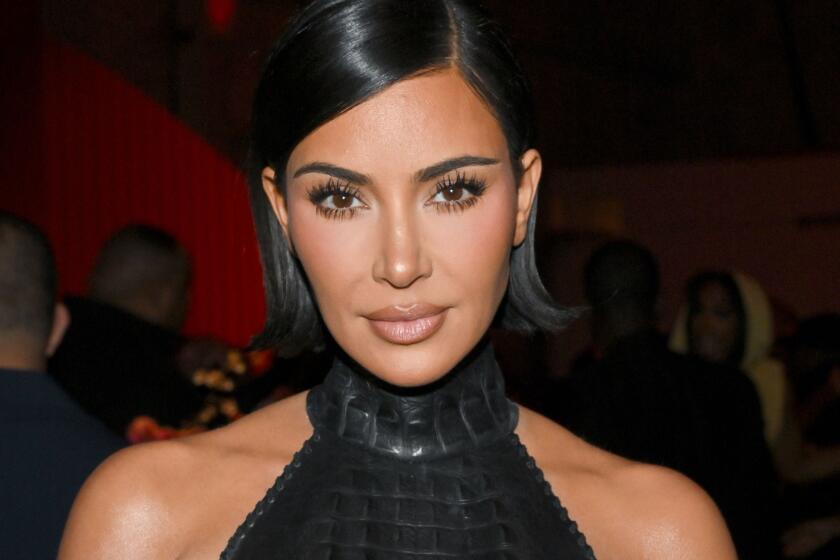Art For Money’s Sake
- Share via
The convergence of art, avarice and the acquisitiveness of the very rich nearly always has a certain entertainment value. Sometimes, such events also have a disturbing aspect, as in the case of Australian entrepreneur Alan Bond’s purchase of Vincent van Gogh’s “Irises.”
The sale of the painting at a Sotheby’s auction in New York was noteworthy not only because the price--$53.9 million--was the highest ever paid for a work of art, but also because the deal helped set in motion an upward spiral in art prices that has yet to find a ceiling. Coming as it did less than a month after Wall Street’s Oct. 19, 1987, crash, Bond’s purchase seemed to suggest that so-called “smart money” might find a safe--and lucrative--haven in works of art. With the staggering sum paid for “Irises” serving as a benchmark, the record prices rolled up in subsequent auctions appeared to confirm that view.
And so it remained until recently, when it was revealed that half the sale price--$27 million--was loaned to Bond by Sotheby’s itself, which also retains physical custody of the painting. According to New York’s Consumer Affairs Department, such an arrangement is perfectly legal.
But critics of the scheme point to the fact that Sotheby’s, like any auction house, derives its profits from the commission it takes on sales. Moreover, when the transaction with Bond was arranged, the amount advanced represented fully a third of Sotheby’s total exposure on such loans. This, skeptics argue, makes it fair to wonder whether the record price for “Irises” and the general inflation it engendered were the product of genuine market forces or manipulation.
Those who believe the latter have had their suspicions bolstered by reports that Bond is experiencing financial difficulties and currently is attempting to sell the painting in Japan for $65 million. So far, there have been no takers.
Neither Christie’s, Sotheby’s leading international rival, nor any major U.S. bank currently finances art purchases. This has lead some knowledgeable observers to compare the “Irises” sale to the sort of speculation that ultimately came to grief in the unregulated financial markets of the 1920s. “It’s exactly like buying on margin,” New York art dealer Richard L. Feigen told a reporter. “The problem is, there are regulations in the securities market that are not in the art market. By extending credit you are further inflating prices, which are rapidly getting out of control.”
There is a temptation to say that investors who get burned while treating paintings like pork bellies probably get what they deserve. But the real victims of the current inflated art market are the great public institutions on which most people rely for their direct experience of the visual arts. Soaring auction prices have made new acquisitions extremely difficult for most museums. Meanwhile, lured by the prospect of realizing previously unthinkable appreciation on their investments, a declining number of private collectors are willing to donate works to public institutions. Curators putting together traveling exhibitions now are burdened by insurance costs that have risen right along with art prices.
Unfortunately, when a culture’s common aesthetic patrimony becomes just another commodity, everyone is made poorer.
More to Read
The biggest entertainment stories
Get our big stories about Hollywood, film, television, music, arts, culture and more right in your inbox as soon as they publish.
You may occasionally receive promotional content from the Los Angeles Times.










